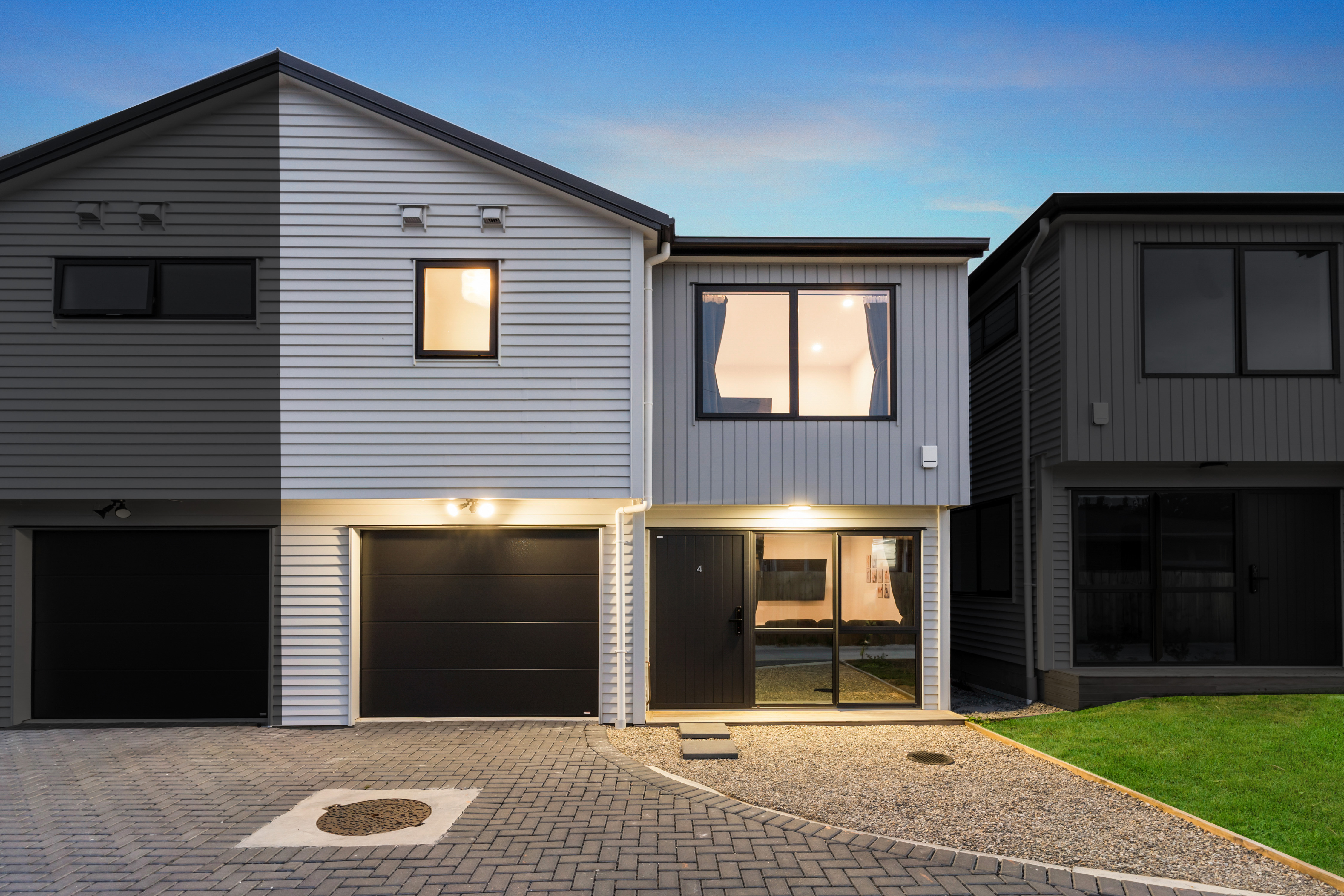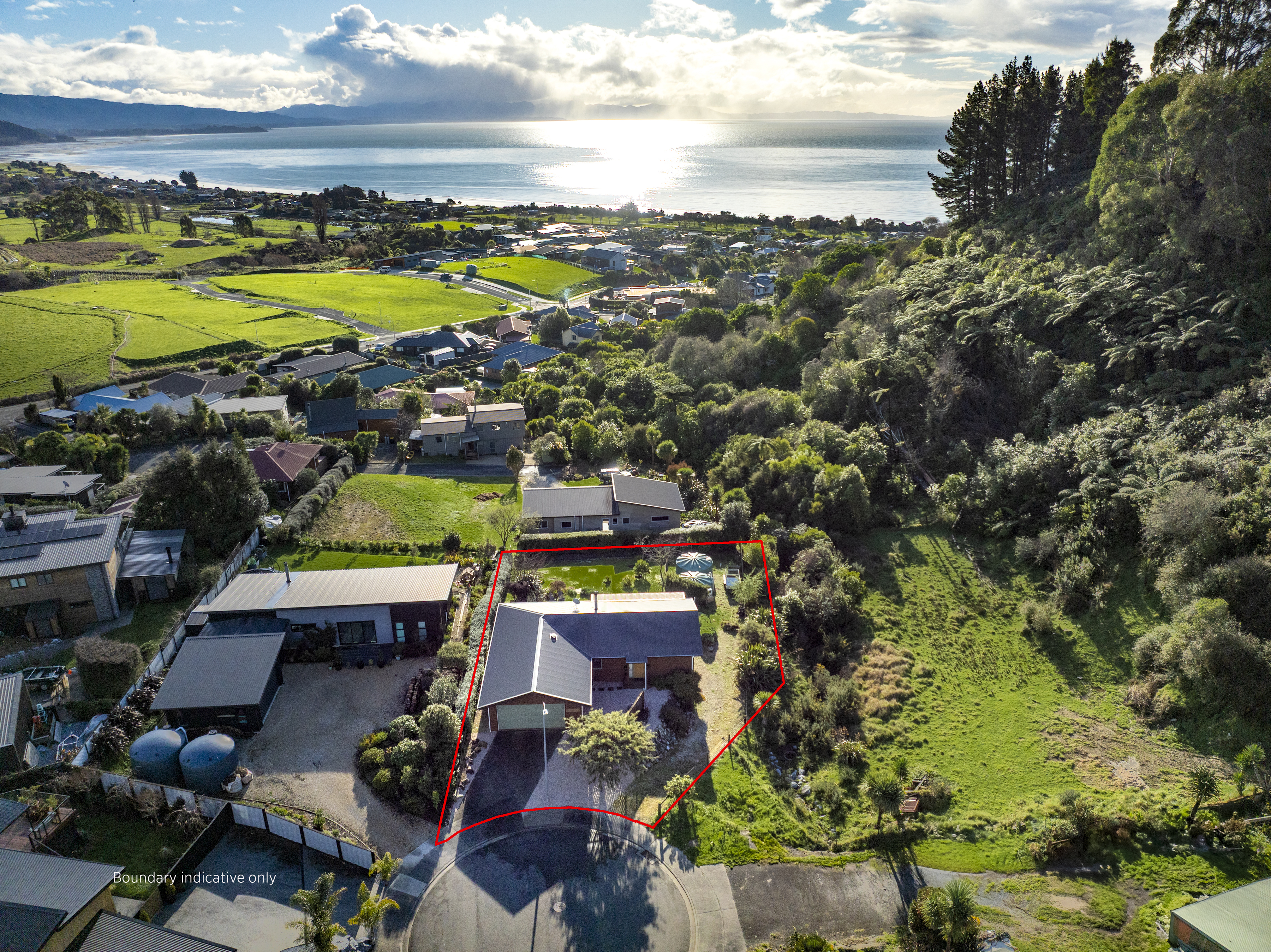Record low numbers of properties listed for sale had helped push median house prices to new highest in some regions.
According to figures from Real Estate Institute of New Zealand, eleven out of 16 regions had median prices increased from April to May but the number of properties available for sale is the lowest it has ever been since records began.
And REINZ chief executive Bindi Norwell says there will likely be a continuing effect of demand for good properties outstripping supply.
Median house prices across New Zealand increased by 6.9 per cent in May to $620,000, up from $580,000 in May last year.
Start your property search
But while prices went up, the total number of properties available for sale nationally went down by 19 per cent in May, a decrease of 4,955 properties compared to 12 months ago. The is the lowest level of inventory for the month of May since records began.
"What continues to surprise us, is the fact that there are still regions with increases in median price and that there are still regions experiencing record median prices – a far cry from some of the doom and gloom predictions that were immediately touted when Covid-19 first hit the country,” Norwell says.
The number of new listings in May for the country is down 12 per cent. Wellington had the biggest drop in new listings, at 548 that’s down 24 per cent on May last year. Auckland new listings dropped by nearly 13 per cent to 2,973, while Waikato listings were down 18 per cent.
Norwell says evident listings shortage in the region has been driving up prices for the last few months.
This is clear in across New Zealand. The Waikato region reached its median price record of $598,000, with Hamilton achieving a record price of $645,000 and $585,000 in Matamata-Piako District.
REINZ regional director for Waikato, Neville Falconer, says there’s a healthy level of buyers and lot of enquiries from investors.
“The number of buyers in the market outweighs the number of listings on the market evidenced by multi offers with many exceeding asking prices,” Falconer says.
Wellington City hit a record median price of $830,000, $31,000 up from April's price and a $10,000 lift from its previous record in October last year.
REINZ Wellington regional director Mark Coffey says their market has been busy but tends to slow down during winter months.
Auckland’s median price went up too, reaching $910,000, up from $850,000 this time last year.
Norwell says Auckland region recorded its third highest median price on record, but prices were mixed across the districts.
“Four districts saw falls in price when compared to April - Auckland City, North Shore, Papakura and Waitakere, with the remaining three seeing lifts.”
Auckland had increased investors activity and more sales in the $2m-plus price range as vendors downsize and free up money to support their businesses, Norwell says.
“Interestingly, there has been a lot of interest in new builds amongst first home buyers for properties under $1million in areas such as New Lynn and Ellerslie,” she adds.
But despite the new figures, Westpac bank chief economist Dominick Stephens is standing by the bank’s forecast of a house price fall of 7 per cent over the final nine months of this year, despite rises in Northland, Bay of Plenty, Gisborne/ Hawke’s Bay, Taranaki and Canterbury.
“We think it is only a matter of time until these regions begin to register price declines too.
“The only possible exception is Canterbury, where prices have been much weaker than the rest of New Zealand for years and are therefore due for a bit of catch-up.
Stephens points out that the 3990 houses sold number is not much different to what it was during the 2008 recession. He expects this to hold steady as there will be low flow of people into and out of New Zealand.
“During recessions people are less likely to move region upgrade their house, or invest in property due to fear of what might happen in the economy, and this time will be no different,” he says, adding that lower-than-expected economic fallout from Covid-19 and extremely low interest rates may provide the “silver lining”.













































































